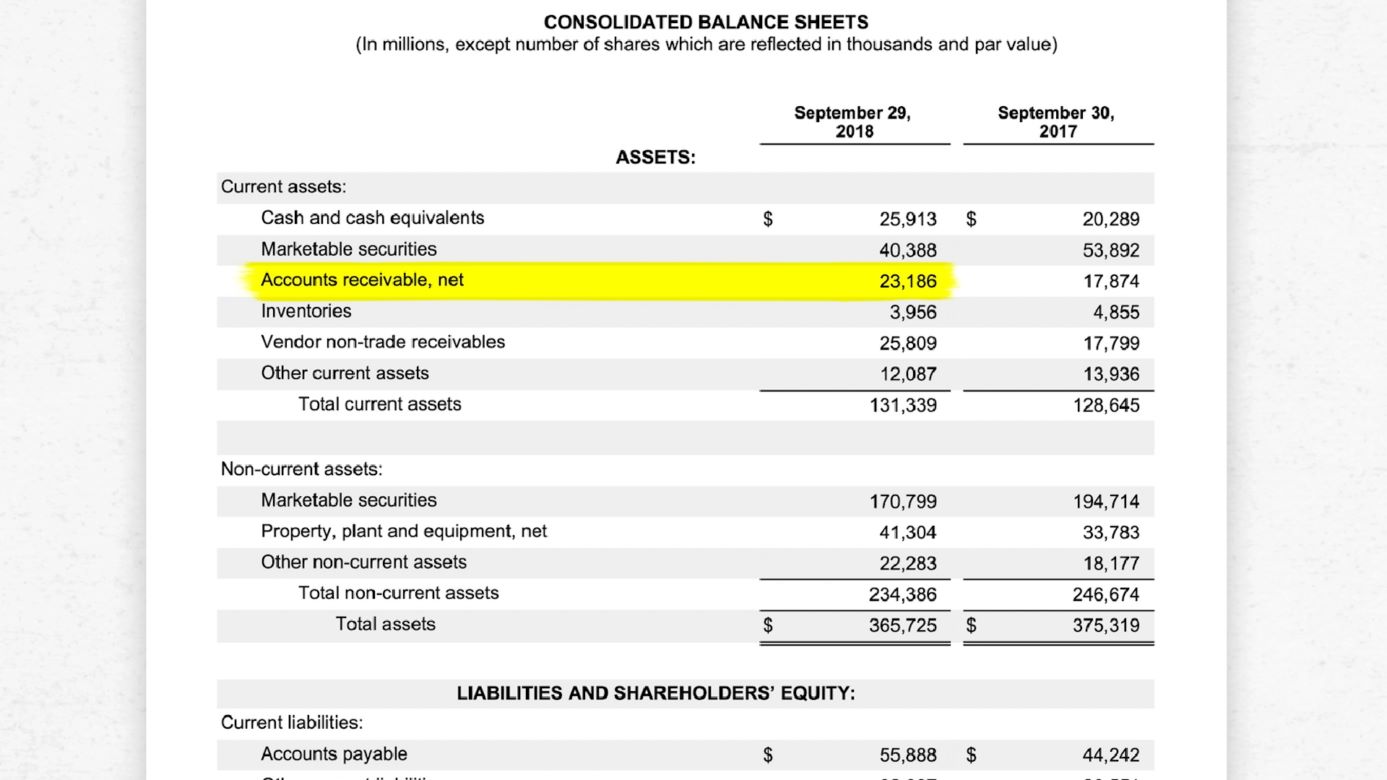

Finance
Value Reporting Form Definition
Published: February 15, 2024
Learn about the definition of a value reporting form in the field of finance and how it contributes to financial analysis and decision-making processes.
(Many of the links in this article redirect to a specific reviewed product. Your purchase of these products through affiliate links helps to generate commission for LiveWell, at no extra cost. Learn more)
Unlocking the Potential of Value Reporting: A Comprehensive Form Definition
Finance plays a critical role in every business, and efficient financial management is key to success. As part of our ongoing commitment to providing valuable information to our readers, we are excited to introduce a new category on our page called “FINANCE.” In this category, we will cover various topics that will help you navigate the complex world of finance and make informed decisions. Today, we dive into the concept of Value Reporting form, providing a comprehensive definition and insights on how it can unlock the potential of your organization.
Key Takeaways:
- Value Reporting forms are an essential tool for businesses to capture and communicate the value they create.
- These forms provide a structured framework for presenting financial and non-financial information to stakeholders.
What is Value Reporting Form?
Value Reporting Form is a structured template used by organizations to define, measure and report on the value they generate. It goes beyond traditional financial reporting by encompassing both financial and non-financial aspects, giving stakeholders a comprehensive view of the organization’s performance.
Businesses create value in multiple ways, from generating profits to contributing to society and the environment. The Value Reporting Form allows companies to capture these diverse dimensions of value and communicate them effectively to stakeholders such as investors, employees, customers, and regulators.
Breaking Down the Components of Value Reporting Form
A typical Value Reporting Form includes various sections:
- Introduction: Provides an overview of the organization’s purpose, business model, and strategic objectives.
- Financial Performance: Highlights key financial metrics such as revenue, profitability, cash flow, and return on investment.
- Non-Financial Performance: Covers non-financial indicators, such as customer satisfaction, employee engagement, environmental impact, and community involvement.
- Risk Management: Assesses the organization’s risk exposure and strategies for mitigating potential threats.
- Outlook and Future Plans: Discusses the organization’s future goals and initiatives to enhance value creation.
Unlocking the Potential of Value Reporting Form
Implementing a comprehensive Value Reporting Form offers several benefits for organizations:
- Enhanced Transparency: By providing a holistic view of the organization’s performance, stakeholders can gain a deeper understanding of how value is created and how it aligns with their expectations.
- Better Decision Making: Value Reporting Forms help management and stakeholders make informed decisions based on a wider range of financial and non-financial factors.
- Improved Stakeholder Engagement: Clear and transparent communication of value creation fosters trust and strengthens relationships with stakeholders, enhancing the organization’s reputation.
- Identification of Opportunities and Risks: Through detailed reporting, organizations can identify areas of improvement, potential risks, and growth opportunities.
By effectively implementing Value Reporting Forms, businesses can unlock their full potential and demonstrate their commitment to sustainable value creation. It is a powerful tool to navigate the complexities of the finance world and foster growth and success.
In conclusion, Value Reporting Forms are an essential component of modern financial reporting. They provide a comprehensive overview of an organization’s performance, combining financial and non-financial aspects. By implementing these forms, businesses can enhance transparency, improve decision-making and stakeholder engagement, and identify opportunities and risks. Stay tuned for more insightful articles in our “FINANCE” category, as we continue to empower you with knowledge and strategies to thrive in the financial realm.














